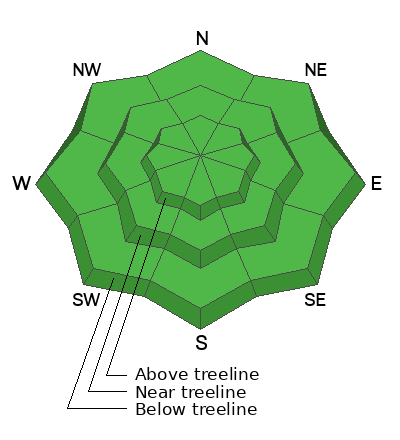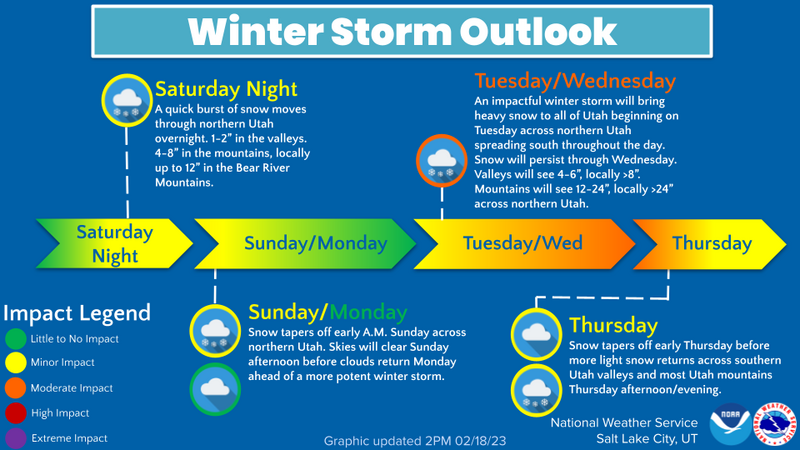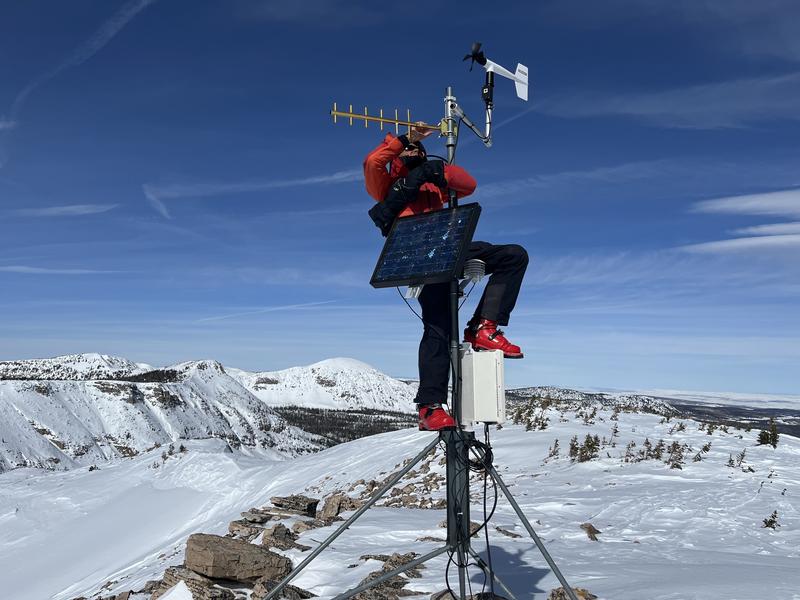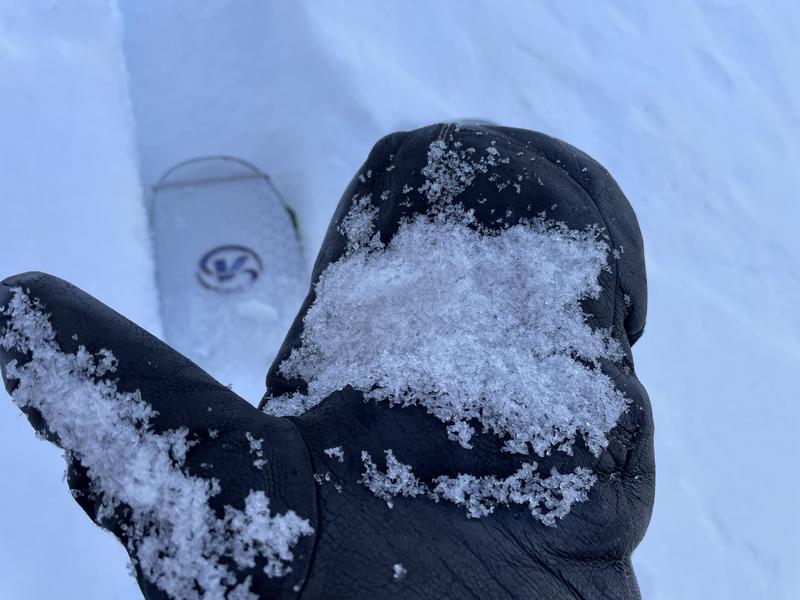Nowcast- At o'dark thirty, cold air and moisture nudge into northern Utah, delivering temperatures in the teens and single digits and just about an inch of snow. Along the high ridges southwest winds have been busy at work all night and continue in that spirit, blowing 25-35 mph. In general our terrain is wind jacked from last weeks big wind event, but yesterday Joey Manship and I were pleasantly surprised to find swaths of shallow, creamy snow on very wind sheltered, mid elevation, shady slopes. Ted found similar conditions on the east side of the range near
Bear River.
Forecast- Today's storm is a quick hitter and lays down another inch or two of snow before making it's way to Colorado. In its wake, we should see clearing skies with high temperatures climbing into the mid 20's. Southwest winds are gonna be a nuisance this morning, ramping into the 40's near the peaks, before switching to the west and eventually northwest and decreasing as the day wares on.
Futurecast- A break in the action later today and Monday morning is short-lived as a solid looking storm materializes early Tuesday. The storm gets its mojo going late Tuesday through Wednesday and I think a foot of snow with an inch of water is a good bet by midday Thursday.
Constructed by our good friends and partners in crime (though not criminals :) the Salt Lake City National Weather Service, the graphic above depicts an active pattern developing for the upcoming week.
Huge thanks for all the great obs streaming in from the eastern front. Even more detailed trip reports and recent obs are found
HERE.
No significant avalanche activity to report, but if ya wanna geek out, click
HERE to track this years slide activity throughout the range.












